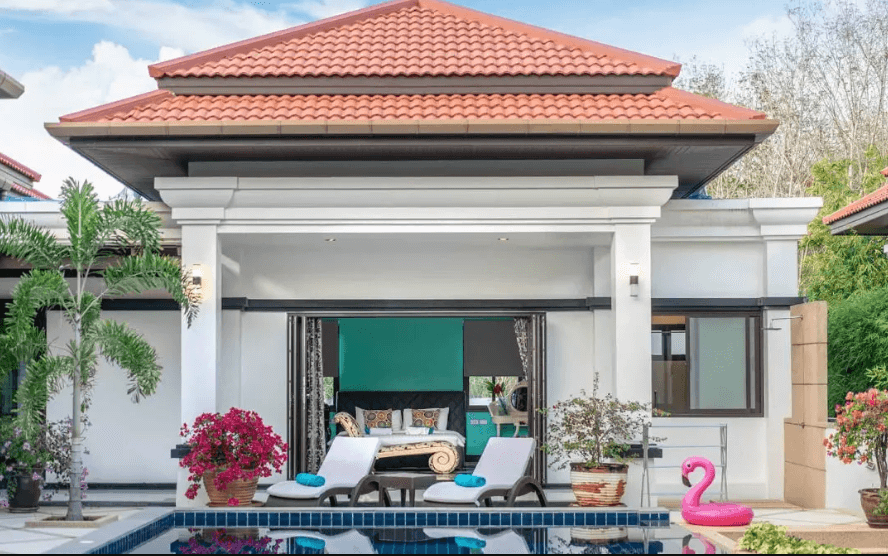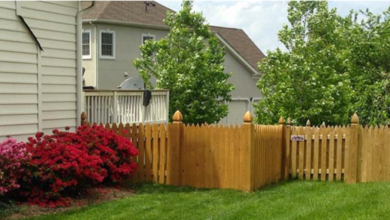
Design matters: roof pitch, aspect, and shade explained
Thinking about going solar but unsure how your roof will perform? The truth is that thoughtful design changes the numbers. Roof pitch, aspect, and how you handle shade will shape yield, payback, and maintenance. Before you choose a kit, book a site survey with trusted solar panel installation services in Thornbury so an engineer can measure, model, and fine-tune the layout for your property.
If you are comparing options for solar panel installation in Thornbury, start with the roof itself. A good survey maps every plane, notes chimneys and vents, and runs hourly irradiance models across the seasons. That is how layout is won or lost.
Roof pitch and aspect: finding the sweet spot
South-facing arrays tend to maximise annual output in the UK, while east- or west-facing arrays can smooth generation into mornings or late afternoons. A moderate pitch usually balances winter sun with summer peaks, and mounting systems can adjust the effective tilt on shallow or flat roofs. None of this should be guesswork. Ask for a software layout with stringing, module count, and predicted kWh for each surface.
Cost matters too. As the FT overview of home solar economics highlights, hardware is only part of the bill. Smart design that reduces time on site and simplifies wiring can improve ROI without adding panels.
Shade mitigation: microinverters vs string inverters
Shading is where electronics earn their keep. With a string inverter, modules are wired in series, and one shaded module can pull down current for the whole string. Power optimisers ease this by giving each module its own maximum power point tracking. A microinverter goes further, converting DC to AC at each module, so shading losses remain with the affected panel.
When microinverters shine:
· Complex roofs with multiple aspects or skylights
· Patches of partial shade that move during the day
· Homeowners who value panel-level monitoring and easier expansion
When a string inverter still makes sense:
· Large, uniform planes with minimal shading
· Simpler maintenance at ground level, fewer components on the roof
· Lower upfront cost per kW in straightforward layouts
For a sense of how sudden shade can hit output even at scale, The Economist’s explainer on solar variability shows the broader principle in action.
See also: Transforming the Customer Experience with Custom LCD Displays
Layout optimisation that respects cost
Your goal is clean cable design, minimal voltage drop, and modules only where they earn their keep. Ask your installer to share heat maps, expected monthly kWh, and a side-by-side of electronics options. That way, you can relate the specification to the outcome and to the solar panel installation cost in Thornbury in a transparent way.
Survey checklist to request
· Measure shading paths from trees, chimneys, and dormers at different times of the year
· Validate rafter spacing and fixings to prevent uplift risks
· Plan cable routes that avoid long DC runs and tricky penetrations
· Confirm whether scaffold-free or partial scaffold work is practical and safe
Bottom line: start with the roof, not the kit list. A thorough Thornbury survey that models pitch, aspect, and shade, then matches the right inverter strategy to each roof plane, is the quickest route to dependable output and a payback you can forecast with confidence.

